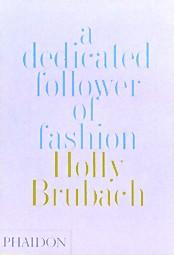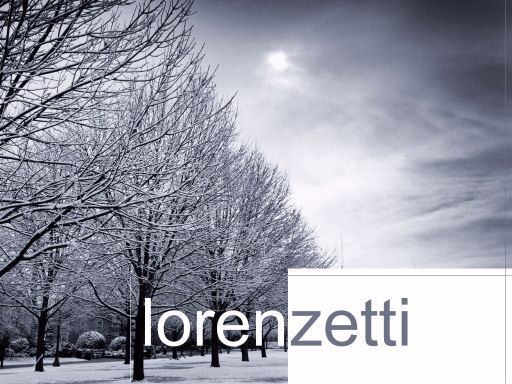Moda



'[Ralph]Lauren plays on our ambivalence about the upper class. We grant him the license to pretend to a grandeur that it isn't by birth beacause we are desillusioned with the rich.[...] If the rich won't play their part as stewards of the finer things in life, then those things shouls be awarded to people who will [...] The things you've always coveted, things that in the past belonged exclusively to a privileged few, are now in the public domain. Help yourself. It is up to you to carry this excquisite tradition. And yet there is something faintly absurd about the people who heed this call, and about Lauren himself [...] an identity is not acquired but earned [...] In a showcase on the first floor, in the men's department, is a horn tobacco canister, silver-trimmed, on the front of which is engraved, 'To father on occasion of his silver wedding, 15th October 1910'. It is for sale.'
Há dois fenómenos interligados que caracterizam em grande parte o chamado mundo da Moda, fora do seu aspecto artístico, mas ainda fora do seu lado fútil.
O primeiro é o da concentração, sobretudo na década de 1990, em dois grandes grupos: LVMH [Louis Vuitton-Moët-Hennessy] e PPR [Pinault-Printemps-Redoute]. Há ainda satélites como o grupo Prada ou o Gucci. Em comparação, coisa pouca.
O segundo fenómeno é o das transacções mais, ou menos, milionárias de casas 'tradicionais', associadas a costureiros cujo nome é parte do establishment, que acabam integradas (e integrados...) nestes grandes grupos.
Pergunta-se se 'la haute couture est morte'.
Seja como epitáfio, seja como guia de percurso, A Dedicated Follower of Fashion é leitura obrigatória.
Holly Brubach é consultora da Prada e reúne neste volume as suas crónicas, resultado de colaborações em ícones com conteúdo como a New York Times Magazine, a The New Yorker, a The Atlantic, ou a mais suave Vogue.
O livro é editado pela Phaidon.





<< Home